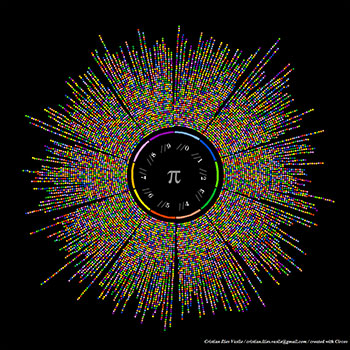What is the difference between a shell and a subshell?
2 Answers
(answer below)
Explanation:
The "shell" is the Principal Quantum Number, the number found to the side of a quantum number energy diagram usually as n=(whole number) starting from 1 and going up.
The "sub shells" are the orientations and shapes for your orbitals, going in order by s,p,d,f...
 )
)
I recommend looking at this helpful website to explain further.
Shells are a collection of subshells with the same principle quantum number, and subshells are a collection of orbitals with the same principle quantum number and angular momentum quantum number.
Explanation:
In an atom, a shell is a collection of subshells with the same principle quantum number,
A subshell is a group of orbitals. Subshells are collections of orbitals which share the same principle quantum number and angular momentum quantum number,
Orbitals each hold two electrons, and electrons in an orbital with the same principle quantum number, angular momentum quantum number, and magnetic quantum number,
Simply put, electrons in orbitals sharing the same
To find the magnetic quantum number from the angular momentum quantum number, you can use the following equation:
This means that
Here is a helpful image:
 )
)


